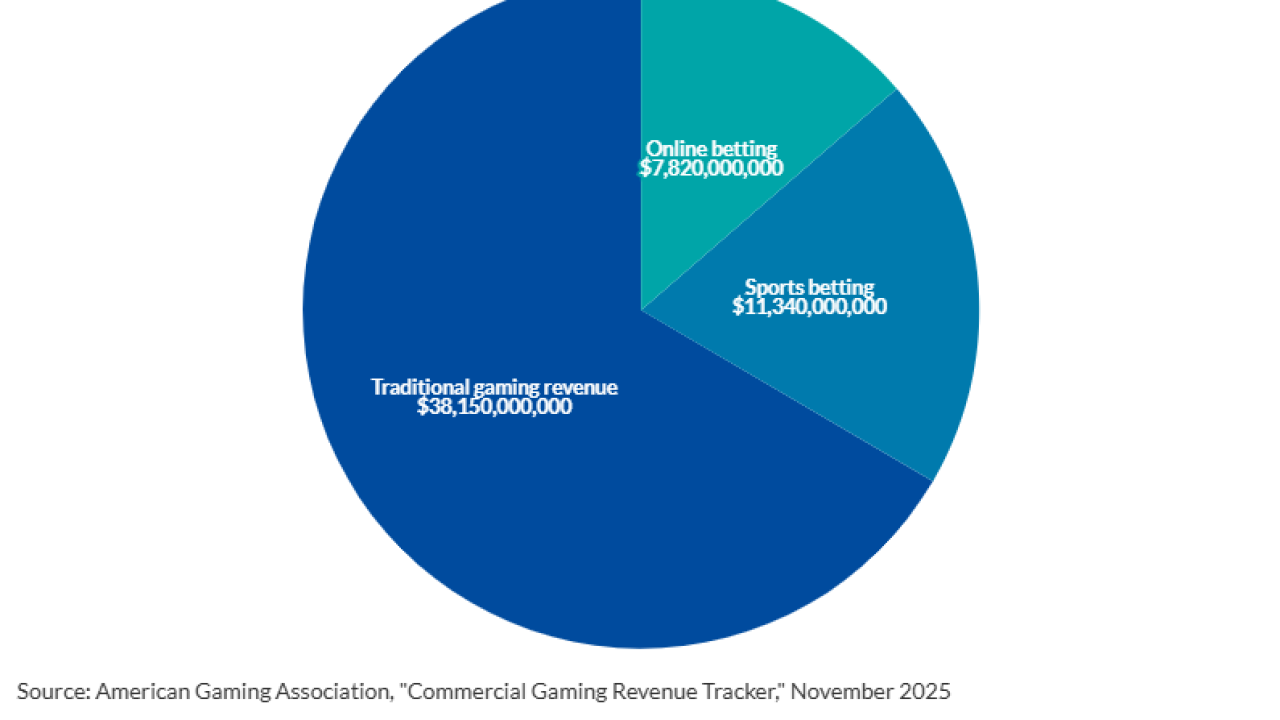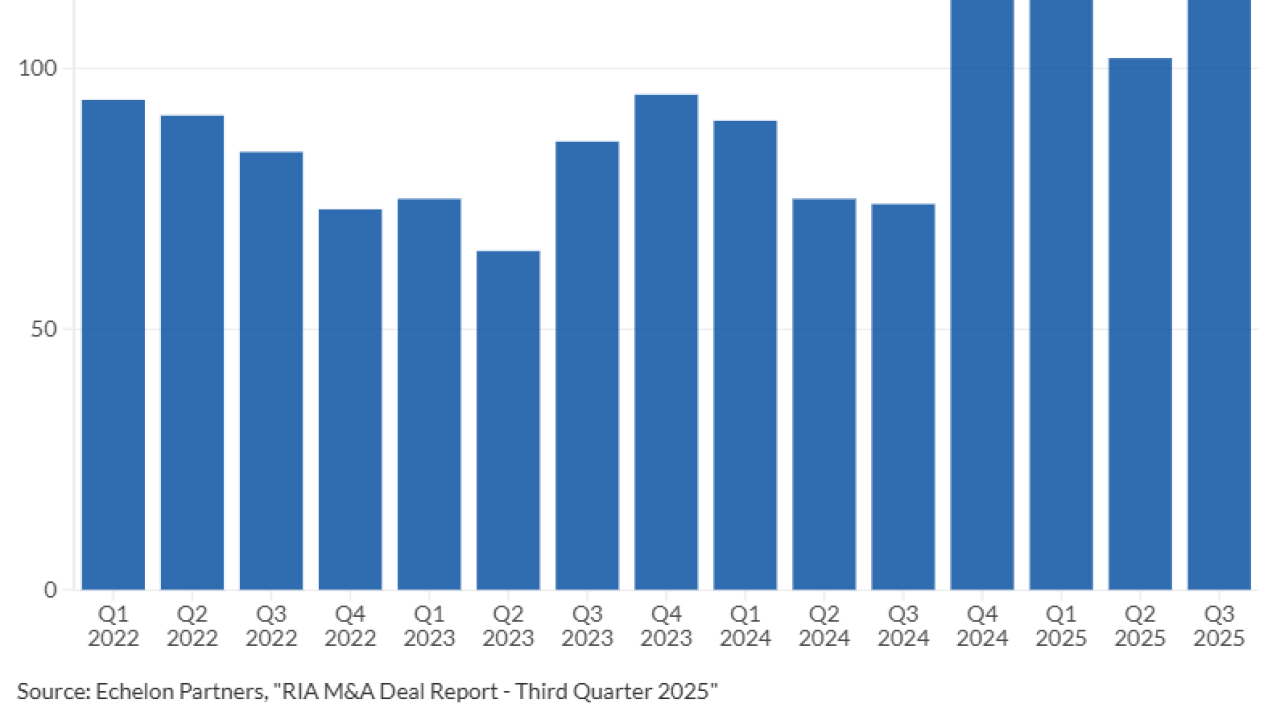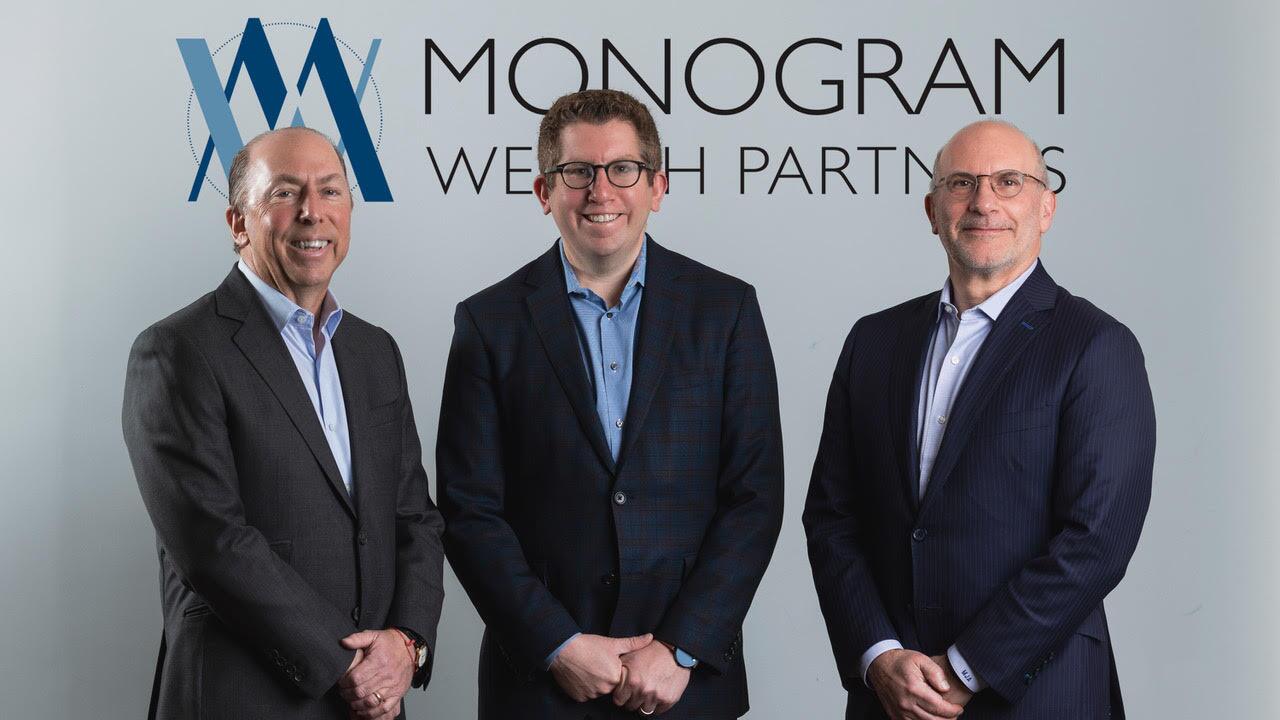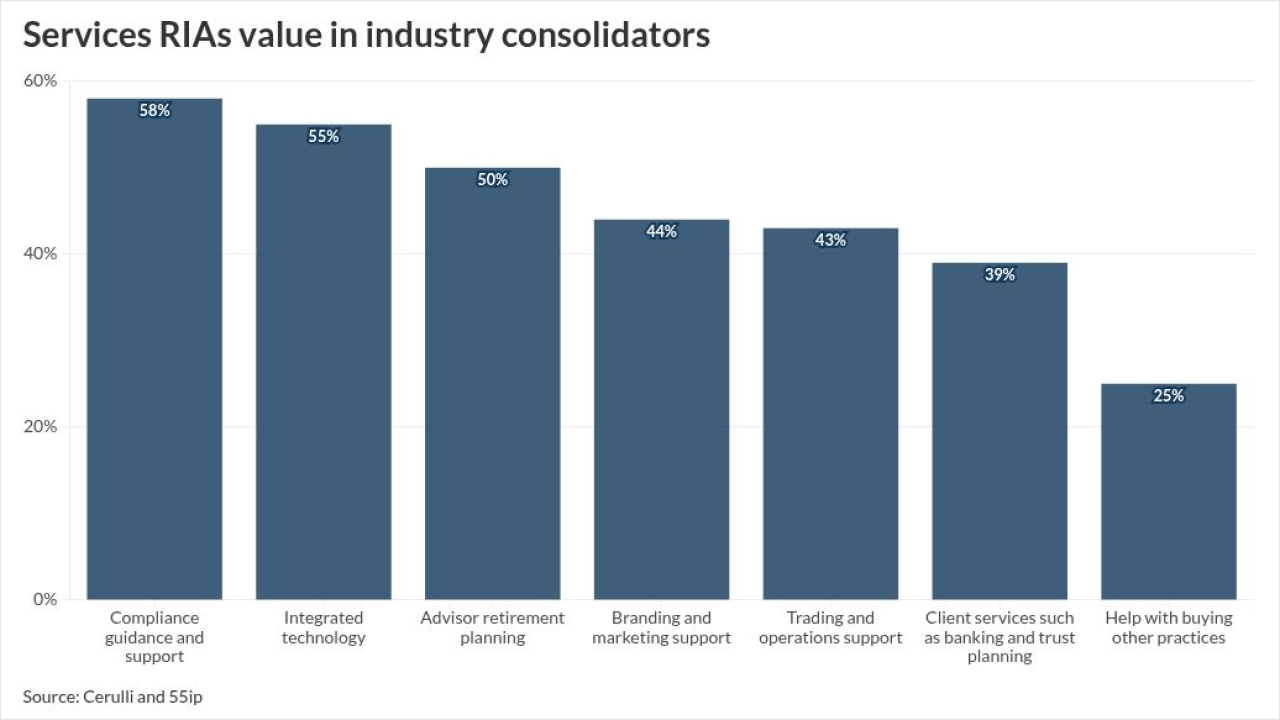As advisers adopt ETFs, the shift from actively managed mutual funds to passive ETFs and index funds has sent mutual fund companies scrambling
Yet as advisers eliminate third-party managers — and instead try to add value by becoming the investment portfolio managers themselves — the rise of ETFs appears to be not so much a shift from active to passive, but simply a recognition that when advisers build investment portfolios, we prefer to do it using ETFs as our building blocks.
In fact, a recent
Which means the perceived shift from active to passive investment management? It’s a mirage.
-
The right strategy can save clients thousands of dollars, although the options are complicated.
July 24 -
Expanding the fiduciary role of CFPs is a good thing — but the fine print is worth sweating.
July 13 -
You’ve proven your value to clients for years. Isn’t it time to give yourself a raise?
July 5
Of course, there’s no indication that advisers are any better at managing investments than mutual fund managers are. Nonetheless, the driver remains that as advisers defend their own fees, it seems they’re finding one of the easiest paths is simply to cut out the cost of the mutual fund manager in the middle.
ADVISERS AS GATEKEEPERS
Historically, most advisers functioned as sellers and distributors of investment products. From the early days of wirehouses selling proprietary products, to the rise of independent broker-dealers selling third-party products, advisers succeeded by selling investment vehicles that most consumers couldn’t access any other way.
But with the advent of the internet, consumers are now able to access virtually any investment product, either directly from the asset manager or product manufacturer, or through a self-directed brokerage account. This development has led to both the rise of no-load products, and rising pressure on investment commissions themselves, as consumers increasingly ask, “Where’s the value in paying an adviser to provide the same products I could buy directly?”
This puts substantial pressure on advisers to justify
Yet the shift from product distribution to advice means the adviser is shifting from distributor to gatekeeper of those very investment products.

In other words, advisers now have new incentives to control investment costs for clients. And indeed, one of the easiest ways for an adviser to justify an 1% AUM fee is to save the client 1% of underlying investment costs.
“DISINTERMEDIATING” MUTUAL FUNDS
The shift of the adviser from product distributor to investment-advice expert means advisers have an opportunity to manage the client’s portfolio directly, thereby eliminating the fee of the actively managed mutual fund.
After all, if the adviser can reproduce a comparably diversified portfolio without the mutual fund and its cost layer — e.g., using ETFs that only cost ten basis points — the adviser can both justify the advisory fee and save on total costs to the client.
Stated another way, advisers are "disintermediating" mutual fund managers.

In the past, such a shift wouldn’t have been possible, as the administrative costs of actively monitoring and implementing an ongoing strategy were prohibitive. However, the rise of adviser technology solutions — in particular,
Add to this the collapse of ticket charges for investment, along with the bargaining power of large advisory firms, and there isn’t even a material benefit for using mutual funds to pool assets to reduce transaction costs. These forces have all conspired to trigger a massive outflow from actively managed mutual funds.
ETFs: THE NEW STOCKS
The building blocks of active management used to be the building blocks of investment markets themselves: individual stocks and bonds. However, actively analyzing, monitoring and implementing an entire portfolio of individual securities is still too arduous and time-intensive for most advisers.
And thus, the popularity of the ETF. What makes the ETF especially valuable to today’s adviser is that, thanks to their proliferation across indexes, asset classes, sectors and industries, ETFs are granular enough for an adviser to pick and choose which ones to buy and sell, but still pooled enough to avoid having to analyze each individual security.
Accordingly, the FPA’s survey notes that, since the financial crisis, adviser adoption of ETFs has continued to rise steadily, now surpassing the adoption of mutual funds, which has been slowly declining.

The key insight of this trend, however, is that the rise of ETFs does not necessarily represent a shift to passive investing. After all, despite the total net outflows from mutual funds, the overwhelming majority of advisers are still using them, at least to some extent.
Even more important, though, is the realization that while ETFs have been on the rise, the use of individual stocks and private equity funds is also rising. And after a few years of decline, individual bonds are on an upswing too — which makes sense if advisers feel the need to actively manage bond allocations in the face of potential inflation and rising interest rates. It’s likely no coincidence that the spike in individual bonds perfectly coincides with the Fed beginning to raise rates at the end of 2015.
The fundamental point, though, is simply that if advisors were truly shifting to be passive, the use of individual stocks, bonds, and private equity should also be declining alongside actively managed mutual funds. Except they’re not. Those typically-actively-managed investment vehicles are rising alongside the adoption of ETFs as well!
In part, the confusion about whether advisors are going passive or active is due to the reality that there are really
The point is made even more clearly in a follow-up question in the survey, where the researchers asked whether advisers think it’s better to manage portfolios actively, passively or via a blend of the two — the latter being a likely representation of index-based tactical asset allocation. While this survey question has only been included since 2014, the trend is clear: Passive investing is not on the rise, and adviser interest in passive investing is actually declining.

In fact, true passive investing practitioners — those who strategically hold passive index funds — appear to comprise little more than 15% of the adviser marketplace. The real shift is to tactically managing passive index-based investment vehicles — that is, managing portfolios with ETFs, not passively holding them. And the reason is simple: Doing so allows the adviser to show value, even while substantially reducing the end-cost to investors, and all without the adviser undermining their own fees.
IMPLICATIONS
Given the dominant industry chatter that advisors are “going passive”, the implications of realizing that advisers are actually staying active and simply disintermediating mutual fund managers is profound.
It suggests that actively managed mutual funds’ launching and distribution of actively managed ETFs — in the hopes of (re-)recapturing outflows from mutual funds —
To the extent that advisers are continuing to use a subset of actively managed funds, it’s because the adviser believes that the value of the active manager justifies the cost.
This means asset managers should perhaps spend less time trying to figure out how to chase and offer the hot investment vehicle, and focus more on lowering costs and improving performance of the funds directly to regain the attention of those advisers-as-gatekeepers. And the onus is certainly
At the same time, as advisers increasingly become investment managers, there is a rising trend of advisory firms
On the other hand, there is of course a dark side to this adviser shift. Just as with mutual fund managers, not all advisers will be very good at creating alpha — saying nothing of the growing evidence that the
Of course, in the past, poor investment performance of an individual adviser was difficult to determine, in part because every client had a different portfolio, and also because performance reporting tools that accurately calculated performance against a benchmark were complex or just unavailable to consumers altogether. But now, between the rise of firm-wide performance reporting under GIPS, and individual performance reporting with a wide array of tools like Orion, Tamarac and Black Diamond, clients will know how well their advisers are really doing. And if investment decisions are still just a part-time task falling between client meetings, prospecting for new business and actually managing the advisory firm itself, clients will know. In fact, a 2015 study from Cerulli found that home-office-designed portfolios were beating (Rep-as-PM) adviser-created portfolios by about 50bps on average.
In turn, this will likely lead to demand for alternative ways to bring managed portfolios to clients, at a reduced cost relative to the traditional mutual fund manager.
This bodes well for various separately managed account and turnkey asset management platform providers, as long as they can keep their own costs lower than the typical mutual fund manager fee.
That said, the TAMPs and SMAs themselves are now being threatened by a new adviser tech evolution: the rise of the
The bottom line, though, is that until there is a larger shift of advisers away from investment-centric value propositions and over to a core value proposition of financial planning, the trend toward passive-investing-that-really-isn’t will remain. Advisers aren’t going passive en masse, but will continue disintermediating active mutual fund managers by using passive index-based vehicles like ETFs as the building blocks of their own active investment management strategies to defend their own value proposition with clients.
So what do you think? Have you been shifting away from mutual funds and towards ETFs? Do you construct purely passive and strategic portfolios, or do you use ETFs as the building block to tactically manage your clients? Where do you see the adviser value proposition in the future? Please share your thoughts in the comments below.





